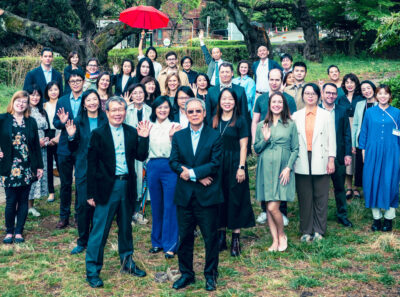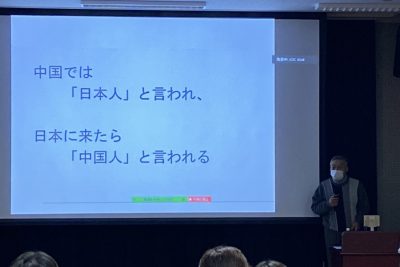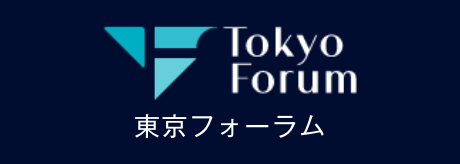China and the Islamic World: Reading Ge Zhaoguang’s Chūgoku wa “Chūgoku” nanoka (Is China “China”?)
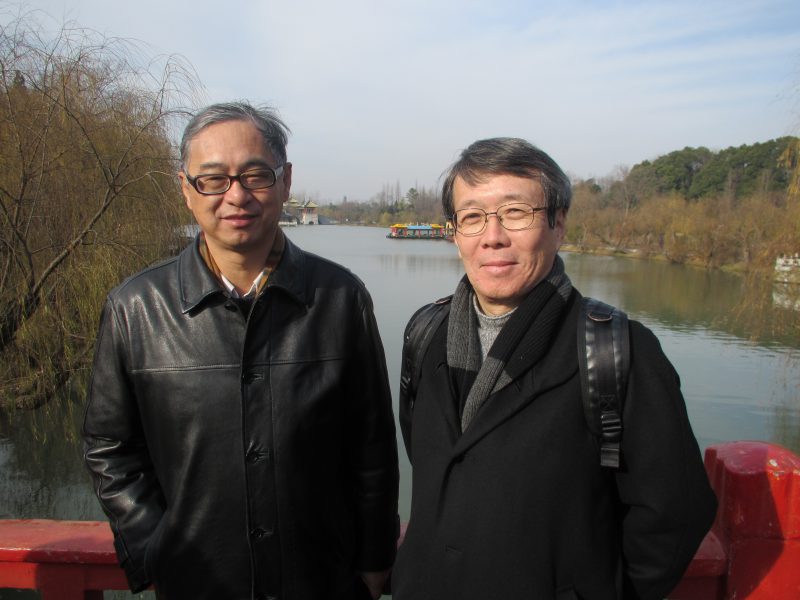
Specially-appointed (January – August 2020) Tokyo College professor Ge Zhaoguang’s Chūgoku wa “Chūgoku” nanoka: “Takuji Chūgoku” no imēji to genjitsu (Is China “China”? Image and reality of “Here in China I Dwell”) has been published by Toho Shoten. This volume is a Japanese translation of Zháizī zhōngguó (Zhonghua Book Company, Sino United Publishing), published in 2011. Although not easy to understand, as it requires specialized knowledge of China and Chinese studies to a certain extent, this book is splendid for its richness, stimulating readers to ponder a wide range of issues in the humanities as a whole. It presents many questions that scholars should discuss in depth. This work is a must-read not only for sinologists but also everyone concerned about the future of the humanities. Here, of the many issues raised in this book, I would like to focus on and share my thoughts on the question of “China” as a frame of reference for interpreting and describing history, simply as a topic in my field of interest.
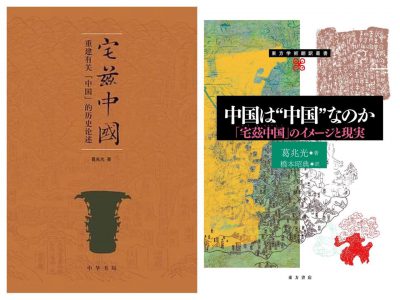
As the title Is China “China”? suggests, through in this book Professor Ge explores what exactly “China” is as a unit or frame of reference for describing or narrating history. He ventures to question the concept of “China,” which had not been doubted in the past. Does “China” indicate cultural cohesion? A body of people? Geographic space? Or a sphere of political influence?
If “China” indicates cultural cohesion, it would be difficult to clearly delineate the cultural bounds of “China” on a map. The same goes with China as a body of people. People with a sense of belonging to “China” are scattered throughout the world. Drawing a line to indicate their geographic space is not a simple matter. And if “China” indicates a sphere of political influence by a regime, the boundaries of this sphere differ depending on the time period. If multiple regimes existed side by side, from where to where geographically should one consider as encompassing China? At the very least, it seems impossible to call a constantly fixed geographic space throughout time, “China.”
How then can the history of “China,” which appears in different forms when viewed from different angles, be described in a unified or systematic manner? Unless I am mistaken, I believe that Professor Ge argues that the cultural collective of the Han people, which does not necessarily overlap with a geographic area of political power, has long existed. Focusing on this collective and describing its journey through time forms Chinese history. Professor Ge is not concerned about geographic space. He believes that the history of “China” can and should be described in a way separate from the modern European historical method, which seeks to describe the history of a country based on the self-evident premise of the existence of a territory and a nation. Professor Ge’s approach relativizes the assumptions and methods of historical research developed in modern Europe.
As I followed Professor Ge’s course of argument, I remembered how I had previously wrestled with the concept of the “Islamic world.” In my book Isurāmu sekai no sōzō (Creating the Notion of the Islamic World; University of Tokyo Press), published in 2005, I discussed the “Islamic world” as a frame of reference for describing history. (This book was republished in February 2021 by Kodansha Academic Library as <Isurāmu sekai> towa nanika: ‘Atarashī sekai-shi’ o egaku [What is the “Islamic world”? Describing a “new world history”] with the addition of a new supplementary chapter. And, thanks to the kind offices of Professor Ge, this book was translated and published in Chinese as “Yīsīlán shìjiè” gàiniàn de xíngchéng [Formation of the concept of the “Islamic world”], translated by Liu Lijiao and Zhu Lili; Shanghai Chinese Classics Publishing House, 2012.)
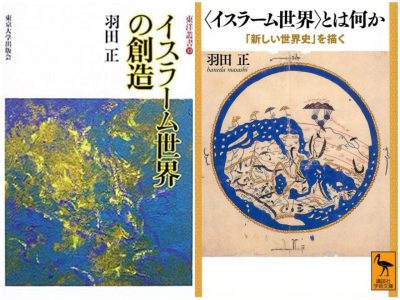
Is the “Islamic world” a body of people, cultural cohesion, geographic space, or a sphere of political influence? In my book, I posed this series of questions to criticize the ambiguity of the Japanese term Isurāmu sekai (“Islamic world”), and observed that the concept of the “Islamic world” was produced from modern European knowledge. I also discussed how this concept had two meanings, positive (“Islamism”) and negative (“Orientalism”), and that no matter the meaning, history is important to actors who try to substantialize the concept. I argued that a historical description of the “Islamic world” is fine for people who regard the concept of the “Islamic world” as significant; however, it cannot serve as a unit or frame of reference for describing world history.
Upon reflection, I find that the questions I posed in my book can also be applied directly to “China.” Both “China” and the “Islamic world” are ambiguous and difficult to define as a space or body of people. They both also share the aspect of being a cultural collective. In fact, the concepts of “China” and the “Islamic world” are quite similar. As Professor Ge meticulously traces in his book, the history of “China” and Orient (Tōyō) has been studied vigorously by Japanese scholars since the end of the 19th century. Similarly, study of the history of the “Islamic world” has been actively conducted by European and American researchers. While it may not have been clearly recognized, research of both of these fields by foreign scholars are studies of “the other.” It can be said that studies of “China” and the “Islamic world” were both used to strengthen the identity of “the self” in Japan and the West.
On the other hand, there are major differences between the two concepts. First, “China” is an old, self-given name. On the other hand, the “Islamic world” is a term created and given in the 19th century. We must be careful not to misunderstand this point. It does not mean that Muslim intellectuals did not regard themselves collectively at all before the 19th century. For example, the terms ’umma and dār al-islām in Arabic respectively express the concepts of a people group that is the Muslim collective and spaces in which society follows Islamic law. The concept of the “Islamic world,” a given name, was created from modern European knowledge after the 19th century. There is discontinuation in meaning and lineage between’umma and dār al-islām and the “Islamic world,” and the two concepts cannot be smoothly or directly connected.
Another difference is that in the modern world, “China” is directly connected to a political entity, the People’s Republic of China (I leave aside here the issue of Taiwan), a point not shared by the “Islamic world. Professor Ge himself stresses in his book that a country needs its past, or history: “One of the significances of traditional historical research is creating an understanding of an entity called the nation-state (in the cultural sense). For a country, past traditions serve to establish identity” (p. 320). In other words, for a nation-state to establish its “self,” it needs its own history to tell.
In this respect, the “Islamic world” is not effective as a frame of reference for describing history. To be sure, Islam is a critical element that should be noted when considering the politics, societies, and daily lives of people in countries where Muslims make up the majority. However, there are more than 50 such countries around the world. For these countries, the history of the “Islamic world” cannot serve as a frame of reference for establishing their “selves” in contradistinction to other countries. For example, the basic frame of reference for understanding the history of Iran is “Iran,” not the “Islamic world.” As far as I know, this holds for other Muslim-majority countries. The history of the “Islamic world” cannot be connected to the formation of a nation, unless a new, spatially vast country called the “Islamic World” is actually conceived.
What about the case of “China”? Professor Ge states, “In the consciousness of a borderless ‘empire’ is the concept of a bounded ‘country,’ and in the consciousness of a bounded ‘country’ is maintained the image of a borderless ‘empire’” (p. 321). “China” as a cultural collective has continued uninterrupted since as far back as the Song dynasty. Professor Ge argues that this cultural collective did not simply transform into a modern, sovereign nation-state in the European mold at a certain time. Thus the history of “China” needs not be understood using the criteria or yardstick of modern European sovereign nation-state formation, which assumes territory and a nation (see the book’s Introduction). I agree with this view. There are various paths of country formation in different parts of the world, and we should not consider that the phenomenon observed in modern Europe as universal.
Still, in the modern world, a sovereign state called the People’s Republic of China, or in short, “China,” exists. Since it is a sovereign state, this China needs a history. So, then, can the history of “China” as the cultural collective of the Han ethnic group serve as the history of the People’s Republic of China? Is this “Chinese” history shared by non-Han ethnic groups in China? Professor Ge states that “China” is a nation-state in the cultural sense and not in the political sense (p. 320). However, if that is the case, what is the relationship between the history of “China” as a cultural collective and the history of the People’s Republic of China? If it is the case that the history of “China” as the cultural collective of the Han people and the history of the People’s Republic of China do not overlap, how can the history of the People’s Republic of China’s be told? These are the questions I would like to discuss with Professor Ge.
I also wish to exchange views with Professor Ge on one other question in relation to “China” and the “Islamic world.” It concerns the treatment of China in world history narratives. In my book mentioned above, I argued that the “Islamic world” as a frame of reference for historical understanding should not be incorporated in a narrative of world history. Doing so would introduce Eurocentric or Islam-centric historical interpretation. However, when I wrote that book, I was not sufficiently conscious of the positionality of historians. I thus use the term “world history” here in an imprecise manner and do not touch on who writes history and from what position.
More than a decade has passed since the original publication of my book. I now believe that historians have multiple senses of belonging, for example to their families, towns, organizations, countries, and regions. In addition, they must have consciousness as “inhabitants of the earth” in order to interpret and describe history from this standpoint. It is possible to have diverse interpretations of world history from various angles, reflecting complex senses of belonging. However, so long as world histories are described by historians with consciousness as inhabitants of the earth, all should be accepted. Accordingly, if an Islamist describes world history from a standpoint of an inhabitant of the earth, I believe that he or she can use the “Islamic world” as a frame of reference. Of course, he or she must define clearly what is meant by the “Islamic world.”
Similarly, in the modern world today, when someone with the sense of belonging to “China” as a cultural collective describes world history, I believe he or she, too, should present interpretation from the standpoint of being an inhabitant of the earth. In such a case, what units should be used as the units of a world history narrative? Conventional world histories often used political power such as the Ming dynasty, Ottoman dynasty, and the Frankish Empire as units of narrative. If “China” as a cultural collective that does not overlap with political power is used as the unit of description, what are other narrative units besides “China”? Can we emphasize other cultural collectives such as the “Islamic world,” the “Catholic world,” and the “Orthodox world” and line them up with “China” as units of world history narrative? Or, instead of setting uniform units with the same characteristics, should diverse frames of reference be adopted depending on the region and time period? Professor Ge’s argument about the way to understand and describe “Chinese” history is understandable. However, I do not know how to situate this “Chinese” history in a world history for the inhabitants of the earth.
The social sciences, such as political science and sociology, analyze and discuss real-world subjects. In those disciplines, then, “China” refers without a doubt to the People’s Republic of China, a sovereign state. However, in the humanities, “China” as a frame of reference is problematic in not only history but also other fields such as literature, philosophy, and religious studies. Professor Ge’s book clarifies this important point of discussion. Who should use what frame of reference to describe what are critical questions for the theme of “Humanities in 2050” at Tokyo College. I want us to engage in this fundamental inquiry and further deepen discussions.


